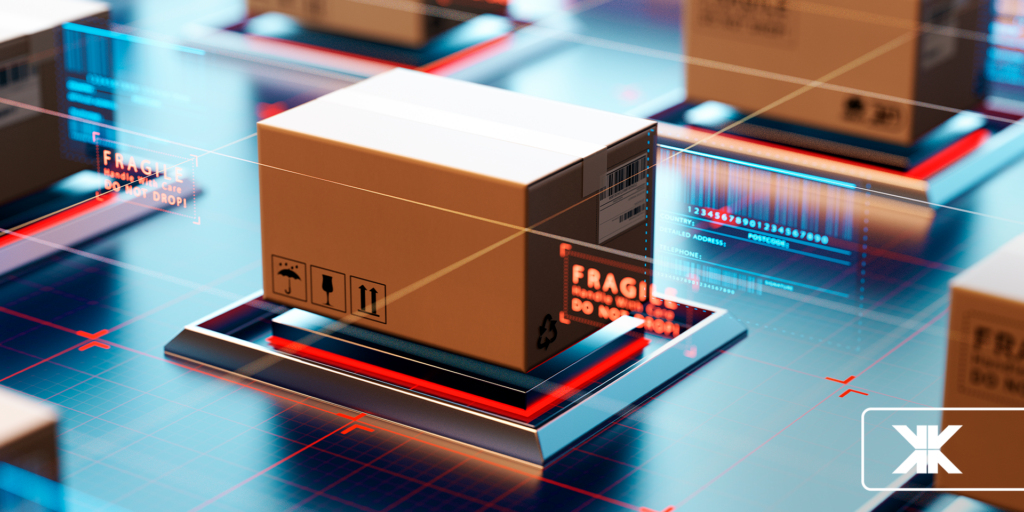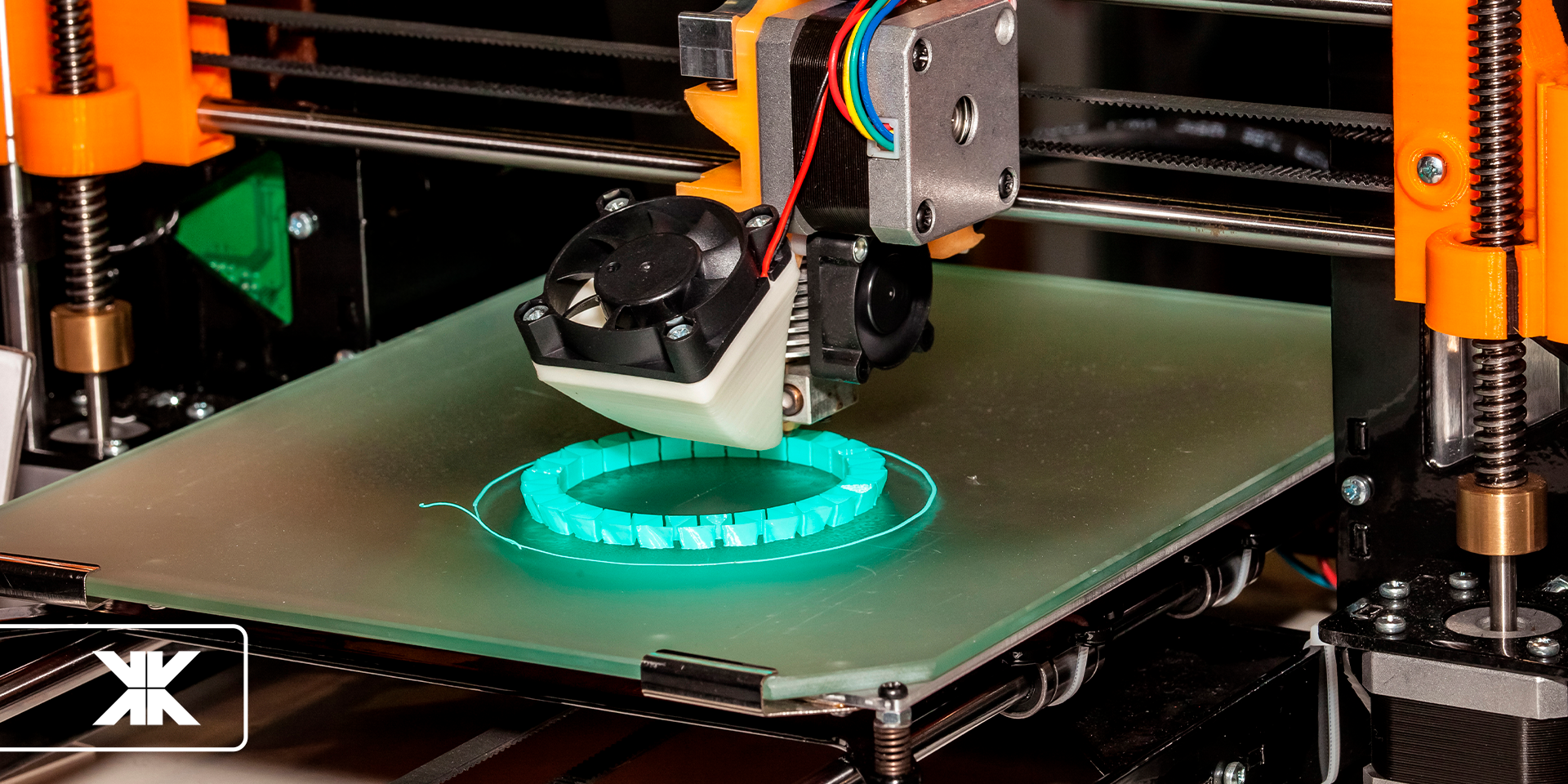
Categoria: Innovation
TECHNOLOGICAL TRENDS FOR PACKAGING YOU NEED TO KNOW
Have you ever stopped to think about how important packaging is for your business? They are not only a means of protecting and transporting your products, but also a way of communicating your brand, attracting and retaining your customers, and differentiating yourself from the competition.
But packaging is not static. They are constantly evolving, following market changes, consumer needs and new technologies. Therefore, it is essential that you are aware of the main technological trends for packaging that should be present in the near future.
8 trending packaging technologies
Below, we will present 8 of these technological trends for packaging that you need to know about and that can bring many benefits to your business. Check out!
1. Packaging made with monomaterial films
The use of monomaterial films is gaining more and more strength, in the development of technologies that guarantee better characteristics for the use of this type of film, and mainly in relation to sustainability, as it is completely recyclable.
The expensive recycling of flexible films containing irreconcilable polymers makes it difficult to separate materials in advance as they have incompatible structures.
2. Smart packaging
Smart packaging is packaging that has some type of additional functionality, which can be sensorial, indicative or active.
For example: packaging that changes color to indicate product temperature or expiration date, packaging that releases substances to preserve or improve product characteristics, or packaging that interacts with electronic devices to provide additional information.
Smart packaging can bring many advantages, such as increasing food safety, reducing waste, extending the shelf life of products, improving the consumer experience and creating marketing opportunities.
3. Packaging made with 3D Printing

3D printing is a technology that allows you to create three-dimensional objects from a digital model, using successive layers of material. This technology can be applied to the production of personalized, creative and functional packaging, which adapts to the specific needs of each product and customer.
3D printing can reduce packaging costs and production time, as well as allowing greater flexibility and innovation in design.
According to Markets and Markets, the global 3D printing market in the packaging industry is expected to grow 23% per year until 2025, reaching US$42.9 billion.
4. Interactive packaging with QR Code
The QR Code is a two-dimensional barcode that can be read by smartphone and tablet cameras.
It can store many information, such as texts, images, videos, audios or links. By using it in packaging, it is possible to create an interaction between the product and the consumer, offering exclusive and relevant content
Interactive packaging with QR Code can improve consumer engagement with the brand, increase customer trust and loyalty, generate feedback and product reviews, and facilitate access to additional or complementary information.
5. Packaging made with PCR (Post-Consumer Recycled)
PCR (Post-Consumer Recycled) plastic is a type of plastic produced from post-consumer plastic waste, that is, waste that has already been used and discarded by consumers.
This plastic goes through a process of cleaning, separation, grinding and extrusion, to be transformed into new products, such as packaging.
Packaging made with PCR plastic is more sustainable, as it reduces the consumption of natural resources, the emission of greenhouse gases and the amount of plastic waste in landfills and the oceans.
Furthermore, they meet the expectations of consumers who seek more ecological and responsible packaging.
According to another study carried out by Markets and Markets, the global PCR plastic market is expected to grow 4.8% per year until 2030, reaching a value of US$264 billion.
6. Flexible packaging
Flexible packaging is packaging that can change shape or size according to the content or user needs.
They are made with materials such as plastic, paper, aluminum or a combination of these materials. They can come in different formats, such as bags, pouches, films, envelopes or laminates.
Flexible packaging has many advantages, such as greater practicality, convenience and versatility, less use of raw materials and energy, less generation of waste and emissions, greater protection and conservation of products, and greater visual attractiveness.
7. Augmented reality packaging
Augmented reality is a technology that allows virtual elements to be superimposed on physical reality, creating an immersive and interactive experience.
It can be used on packaging to add digital content that can be accessed through apps or mobile devices.
Augmented reality packaging can provide a unique and differentiated experience for consumers, increasing their involvement and interest in products.
They can also be used to convey educational, entertaining or promotional information.
8. Packaging with nanotechnology
Nanotechnology is the science that studies and manipulates matter on a nanometric scale (one nanometer is equivalent to one billionth of a meter).
It can be applied to packaging to create new properties and functionalities, such as greater resistance, durability, lightness, transparency or biodegradability.
Nanotechnology packaging can improve product performance and quality, as well as reduce costs and environmental impacts.
The technological trends for packaging that we present in this article are just some of the many that exist on the market today. They show how packaging is becoming increasingly innovative, intelligent and sustainable, bringing benefits to both producers and consumers.







